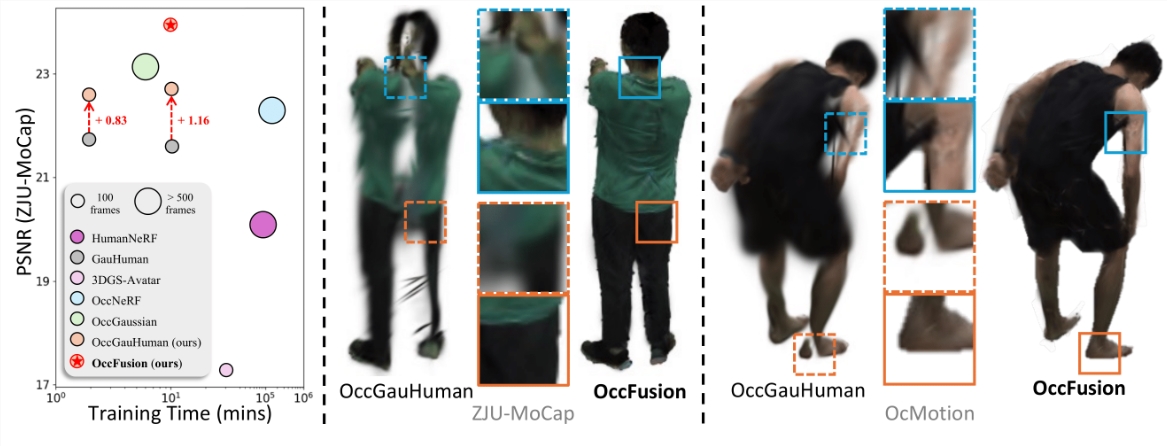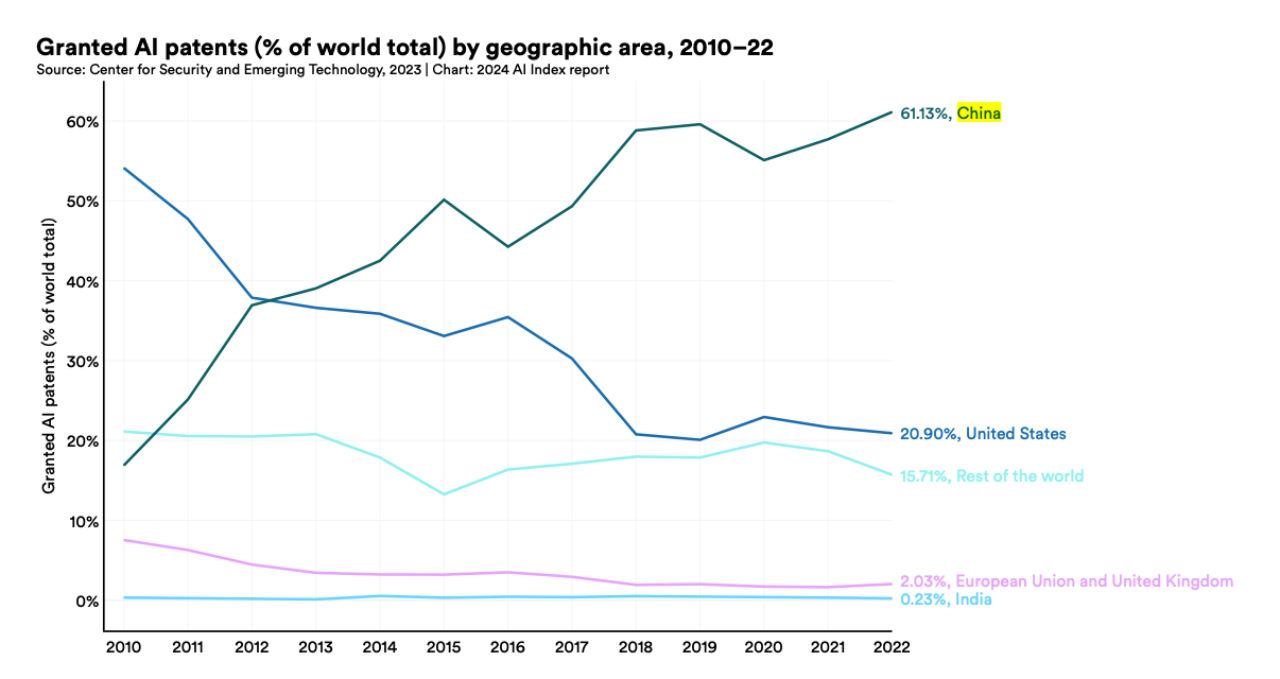-
Stanford University's OccFusion: Fully Rendering Occluded Human Bodies
Stanford University has proposed a new method called OccFusion, which aims to achieve high-fidelity rendering of occluded human bodies. In other words, even if part of the human body is occluded by other objects, OccFusion can eventually render the complete human body. Traditional human body rendering methods usually require that every part of the human body in the video is fully visible. However, in real life, occlusion is common, resulting in only partial visibility of the human body. OccFusion uses efficient 3D Gaussian patching combined with a pre-trained 2D diffusion model for supervision to achieve efficient and high-fidelity human body rendering. This method…- 2.4k
-
Claude 3 ranked first in the Stanford Large Model Evaluation List, and Ali Qwen2 and Zero One Yi Large domestic models entered the top ten
On June 11, the Center for Foundational Models (CRFM) at Stanford University released the Massive Multitask Language Understanding on HELM rankings. Two of the top ten large language models are from Chinese manufacturers, namely Alibaba's Qwen2 Instruct (72B) and Zero One Everything's Yi Large (Preview). It is reported that the Massive Multitask Language Understanding on HELM rankings are the most popular among Chinese companies.- 6.9k
-
The "HumanPlus" robot is launched: it can imitate human movements to play the piano and fold clothes, based on the platform of a Chinese company
Researchers at Stanford University recently developed a humanoid robot, HumanPlus, which can imitate human behavior and support learning by imitating movements. It is reported that it can learn to play the piano, return a ping-pong ball, fold clothes, etc. by imitating human movements. Fu Zipeng (transliteration), a member of the Stanford University team, said that the humanoid robot uses a single RGB camera and a full-body strategy to replicate human movements. It is worth mentioning that Fu Zipeng released several demonstration videos of HumanPlus on his personal YouTube channel on the 14th, showing its many…- 4.3k
-
Stanford team apologizes for plagiarizing Tsinghua's AI model: Llama3-V model will be removed
Recently, the Llama3-V open source model of the AI research team at Stanford University was accused of plagiarizing the open source model "Mini Cannon" MiniCPM-Llama3-V 2.5 developed by the star startup company Mianbi Intelligence of Tsinghua University, which caused heated discussions online. Image source Pexels On May 29, a Stanford AI team claimed online that it only needed $500 to train a SOTA multimodal large model that surpassed GPT-4V, but netizens soon discovered that the model structure and code used in the project were highly similar to the "Mini Cannon", with only...- 1.2k
-
Stanford University releases "2024 Artificial Intelligence Index Report": China ranks first in the number of AI patents, but has fewer top AI models
Stanford University has released the 2024 Artificial Intelligence Index Report, a 500-page report that is Stanford University's most comprehensive report to date. Stanford University has expanded its research scope, and this report covers a wide range of fundamental trends such as the technological progress of artificial intelligence, public perception of the technology, and the geopolitical dynamics surrounding its development. China dominates AI patents. In 2022, China led the world in AI patent sources with 61.1%, far exceeding the United States' 20.9%. China dominates the field of industrial robots. Since…- 3.1k
-
To prevent chatbots from "spreading rumors", Google Deepmind and Stanford University researchers launched AI fact-checking tools
No matter how powerful AI chatbots are, they will have a common problem: providing users with answers that are not true in a way that seems convincing. Simply put, AI sometimes speaks nonsense or even spreads rumors in its answers. Image source: Pixabay Preventing large AI models from behaving in this way is not easy and is a technical challenge. However, according to foreign media Marktechpost, Google DeepMind and Stanford University seem to have found a workaround. Researchers have launched a…- 2.4k
❯
Search
Scan to open current page
Top
Checking in, please wait
Click for today's check-in bonus!
You have earned {{mission.data.mission.credit}} points today!
My Coupons
-
¥CouponsLimitation of useExpired and UnavailableLimitation of use
before
Limitation of usePermanently validCoupon ID:×Available for the following products: Available for the following products categories: Unrestricted use:Available for all products and product types
No coupons available!
Unverify
Daily tasks completed:





